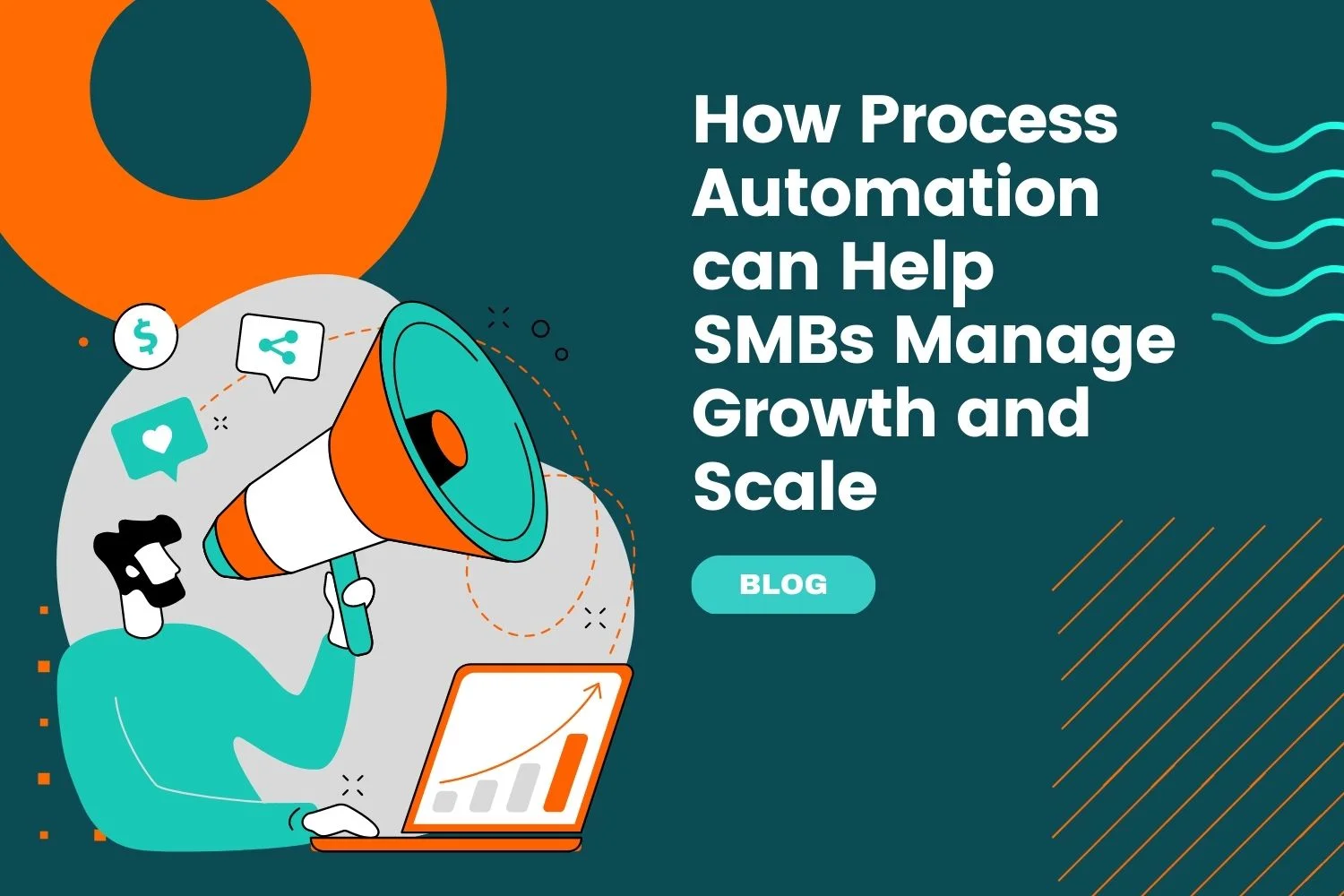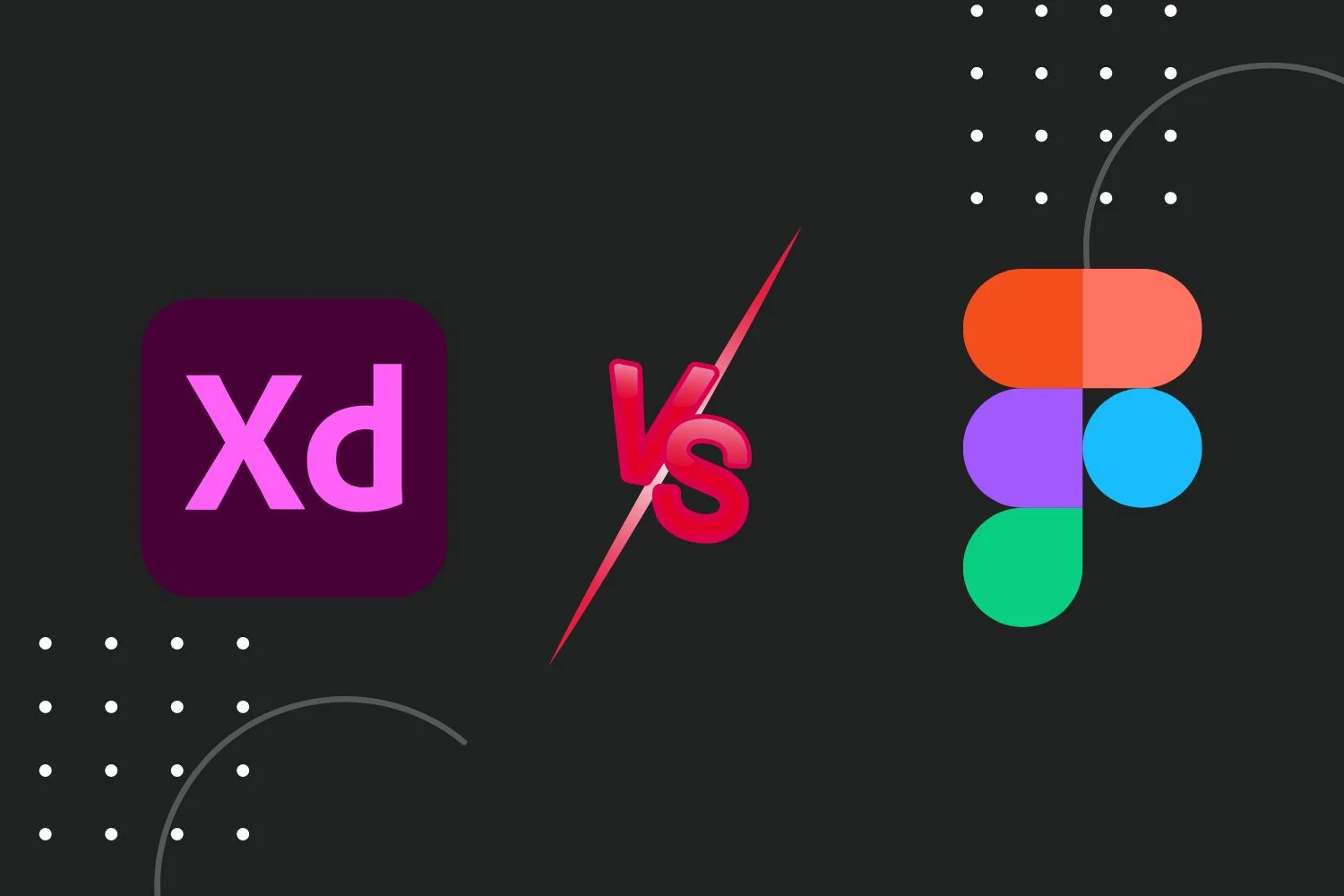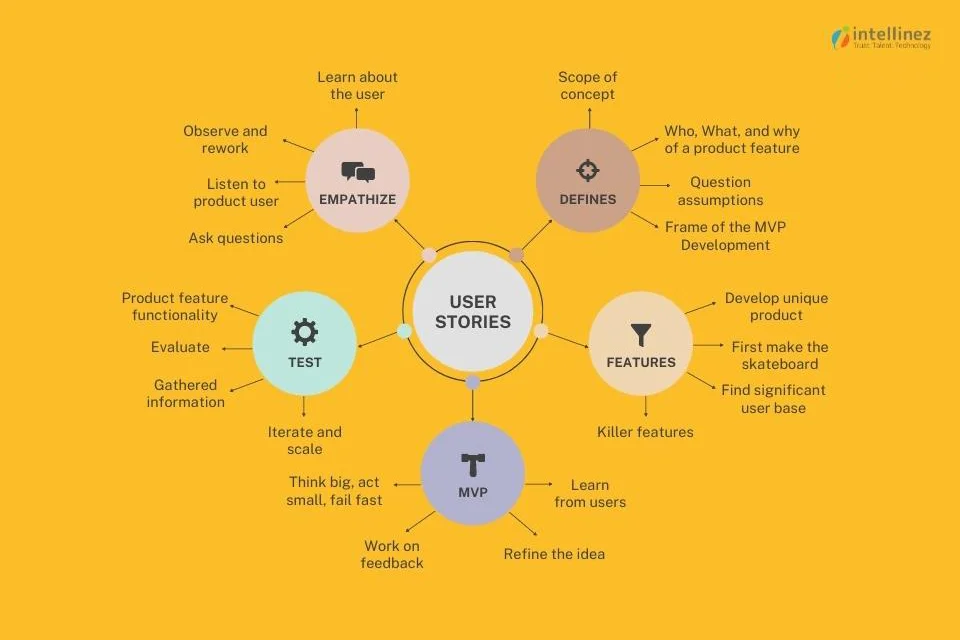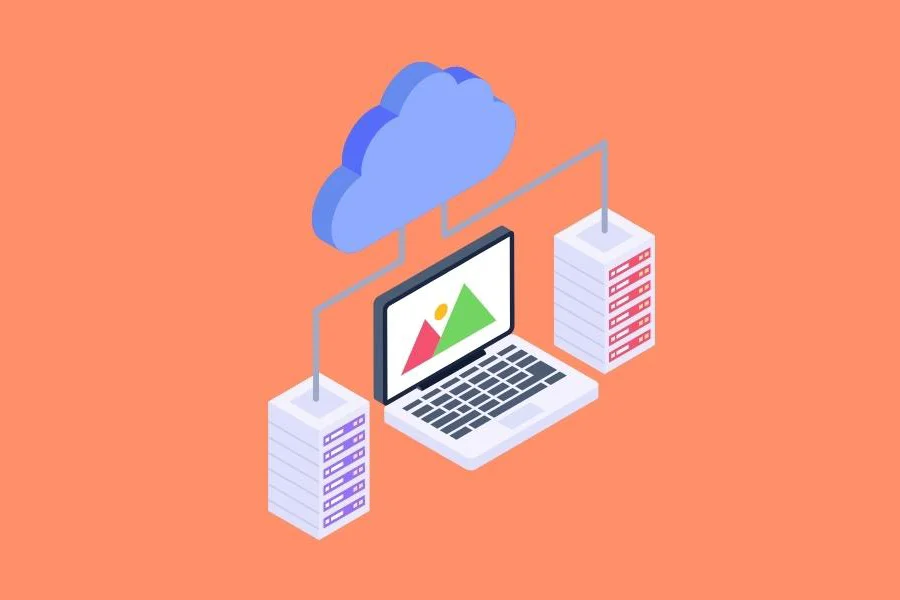Inventory management is a critical component of any business that deals with physical products. Whether you run a small retail store or a large manufacturing facility, knowing exactly what you have on hand, where it is located, and when it needs to be replenished is essential for smooth operations and customer satisfaction. In the digital age, the ability to track inventory levels in real-time has become not just a convenience but a necessity.
This blog explores how low-code technology is revolutionizing warehouse inventory management system by making real-time tracking more accessible and efficient than ever before.
The Importance of Real-time Inventory Tracking
Before diving into the world of low-code technology, let’s first understand why real-time inventory tracking is so crucial.
1. Minimize Stockouts and Overstocking
Real-time inventory tracking allows businesses to strike the perfect balance between stocking enough to meet customer demand and avoiding overstocking, which ties up valuable capital and space. When you know exactly how much of each item is in stock at any given moment, you can make informed decisions about when to reorder and in what quantities.
2. Improved Customer Service
Nothing frustrates customers more than ordering a product and finding out it’s out of stock. Real-time inventory tracking enables businesses to provide accurate information to customers, reducing the likelihood of stockouts and enhancing customer satisfaction.
3. Cost Savings
Overstocking and excess inventory can lead to increased storage costs and potential losses due to product obsolescence. Real-time tracking helps minimize these costs by ensuring that you only order what you need when you need it.
4. Streamlined Operations
Knowing your inventory levels in real-time helps streamline your internal processes. Your team can focus on more value-added tasks, such as customer service and product development, rather than spending excessive time on manual inventory management and reconciliations.
The Rise of Low Code Technology
Low-code technology is a game-changer in various aspects of business operations, including inventory management. It allows users, even those with limited coding experience, to create applications and automate processes with minimal manual coding. This democratization of software development is transforming the way businesses approach real-time inventory tracking.
What Is Low-Code Technology?
Low-code technology is a development approach that leverages visual interfaces and pre-built components to design and develop applications with minimal hand-coding. Instead of writing lines of code from scratch, users can drag and drop elements, configure settings, and create applications quickly.
Key Features of Low-Code Platforms
- Visual Development: Low-code platforms provide a visual interface for designing applications. Users can see how their applications will look and function in real-time.
- Reusable Components: These platforms often offer a library of pre-built components and templates, allowing users to speed up development by reusing common elements.
- Integration Capabilities: Low-code platforms typically support integration with various data sources and systems, making it easy to connect to existing databases and software.
- Scalability: Low-code applications can often scale to meet growing business needs without extensive code modifications.
- User-friendly: Since low-code platforms are designed for non-technical users, they are generally user-friendly and require minimal coding expertise.
Now, let’s explore how low-code technology is transforming inventory management.
Low Code Technology in Warehouse Inventory Management System
1. Real-time Inventory Tracking Apps
One of the most direct applications of low-code technology in inventory management systems is the creation of real-time tracking applications. Here’s how it works:
- Visual Interface: Users can design the user interface of their inventory tracking app using a drag-and-drop interface. This means they can create screens that display inventory levels, item details, and other relevant information without writing code.
- Integration: Low-code platforms often provide pre-built connectors or custom software integration options for common inventory management software, such as ERP (Enterprise Resource Planning) systems and barcode scanners. This allows for seamless integration with existing inventory databases and systems.
- Automation: Users can automate various inventory-related tasks, such as generating restocking alerts when inventory falls below a certain threshold or sending notifications to specific team members when an item is checked out of stock.
- Reporting and Analytics: Low-code platforms typically offer reporting and analytics capabilities, enabling users to create custom reports and dashboards to gain insights into their inventory trends and performance.
2. Mobile Inventory Management
In many industries, especially retail and logistics, having mobile access to inventory data is crucial. Low-code technology makes it easy to develop mobile inventory management apps that provide real-time updates on inventory levels, item details, and even location tracking. This empowers employees to make decisions on the go and respond quickly to changing inventory situations.
3. Warehouse Automation
Warehouse operations can benefit significantly from low-code technology. Warehouse management systems (WMS) often require complex software to track inventory movements, optimize storage, and manage workflows. Low-code platforms can simplify the development of WMS applications, allowing businesses to create custom solutions tailored to their specific needs.
- Barcode Scanning: Low-code platforms can integrate with barcode scanning devices to streamline the process of receiving, picking, and shipping inventory items. Employees can use mobile devices to scan barcodes and update inventory records in real-time.
- Task Automation: Warehouse workflows can be automated using low-code applications. For example, when a shipment arrives, the system can automatically generate picking orders and assign them to warehouse workers based on predefined rules.
4. Vendor and Supplier Management
Effective inventory management extends beyond your own warehouse. It involves tracking orders, deliveries, and stock levels with your suppliers. Low-code technology can be used to create vendor management applications that automate communication with suppliers and ensure a smooth flow of inventory.
- Order Tracking: Users can design interfaces that allow them to track the status of orders placed with suppliers. This includes real-time updates on order processing, shipping, and estimated delivery dates.
- Automatic Reordering: Low-code apps can be configured to automatically reorder items from suppliers when inventory levels reach a certain threshold. This helps prevent stockouts and ensures that products are replenished in a timely manner.
- Communication: The platform can facilitate communication with suppliers by sending automated emails or notifications regarding order status, changes in requirements, or quality issues.
5. Demand Forecasting and Analytics
Low-code technology is not just about real-time tracking; it also enables businesses to leverage data for predictive purposes. By creating custom demand forecasting and analytics applications, businesses can make data-driven decisions about inventory levels, promotions, and procurement strategies.
- Data Integration: These applications can pull in data from various sources, including sales records, customer data, and historical inventory data, to create more accurate demand forecasts.
- Predictive Analytics: Machine learning and predictive modeling can be integrated into low-code applications to analyze historical data and make predictions about future demand trends.
- Scenario Planning: Users can create “what-if” scenarios to model the impact of different inventory management strategies. For example, they can simulate the effect of increasing safety stock levels or running a promotional campaign on certain products.
Choosing the Right Low-Code Platform
If you’re considering implementing low-code technology for your inventory management needs, it’s essential to choose the right platform. Here are some factors to consider:
- Integration Capabilities: Ensure that the low-code platform you choose can easily integrate with your existing systems, such as your ERP, e-commerce platform, and barcode scanners.
- Scalability: Look for a platform that can scale as your business grows. It should support additional users, data, and functionalities without major disruptions.
- User-friendliness: Evaluate the ease of use of the platform. It should empower non-technical users to create and modify applications without extensive training.
- Security: Ensure that the platform provides robust security features to protect sensitive inventory data.
- Customization: Choose a platform that allows for extensive customization to meet your unique inventory management needs.
- Support and Community: Consider the availability of support and an active user community. This can be invaluable when you encounter challenges or need assistance with development.
Challenges and Considerations
While low-code technology offers numerous advantages in inventory management, there are also some challenges and considerations to keep in mind:
1. Data Accuracy
Real-time inventory tracking relies on accurate data. Any discrepancies or errors in data entry can lead to incorrect inventory levels. Implementing strict data validation and verification processes is crucial.
2. Training and Adoption
While low-code platforms are designed to be user-friendly, there may still be a learning curve for employees who are new to the technology. Training and change management strategies are essential to ensure smooth adoption.
3. Data Security
Inventory data often includes sensitive information, such as product costs and supplier details. It’s essential to implement robust security measures to protect this data from unauthorized access and breaches.
4. Customization Complexity
While low-code platforms offer customization, complex or highly specialized requirements may still necessitate custom coding. It’s essential to assess whether the chosen low-code solution can meet your specific needs.
5. Vendor Lock-In
Consider the long-term implications of vendor lock-in when selecting a low-code platform. Ensure that you have a clear strategy for data migration and continuity if you decide to switch platforms in the future.
Conclusion
Real-time inventory tracking is no longer a luxury; it’s a business necessity. Low-code technology has emerged as a powerful tool for businesses of all sizes to streamline their inventory management processes, reduce costs, and enhance customer satisfaction. By leveraging low-code platforms, companies can create custom inventory management solutions that meet their unique needs, integrate with existing systems, and provide real-time visibility into inventory levels.
With the right platform and a strategic approach, your business can achieve similar benefits and gain a competitive edge in today’s fast-paced business environment.
As technology continues to evolve, low-code platforms are likely to become even more accessible and powerful, opening up new possibilities for innovation in inventory management and other areas of business operations. Embracing these tools can position your business for success in an increasingly dynamic and data-driven world.
Let Team Intellinez Develop Your Own Inventory Tracking App
Intellinez Systems has a track record of success with numerous satisfied clients. Entrusting us to develop your custom inventory tracking app is a wise choice. Our expertise in creating tailored solutions ensures that your specific needs are met efficiently and effectively.
With a proven history of client satisfaction, you can have confidence that Team Intellinez will deliver a high-quality inventory tracking app that enhances your operations and optimizes your inventory management processes.
Soumya Mishra
Technology Leader proficient in engineering and execution of enterprise-level IT projects and providing support services on the same. Possesses the ability to set functional and technical strategies, converting them to an achievable plan of action, and driving them to realize and achieve customer success. Passionate leader believing in leading by example, possessing strong problem-solving skills and a can-do attitude. Adept at handling cross-functional teams across the globe and motivating them to achieve outstanding and sustainable results to meet organizational goals and objectives! Guiding Quote – “Every job is a self-portrait of the person who did it, Autograph your work with excellence”









































![A Comprehensive Guide to AWS SaaS Architecture [Diagram Included] 86 Aws SaaS Architecture](http://www.intellinez.com/wp-content/uploads/2024/08/Title-image.jpg)





























































































